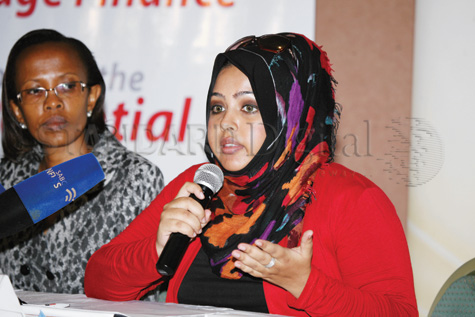×
The Standard e-Paper
Join Thousands Daily
 |
| Hass Consult’s head of research and marketing, Sakina Hassanali, addresses the media. [Photo: Wilberforce Okwiri] |
By Nicholas Waitathu and Lilian Kiarie
Tenants in the country pay a higher proportion of income in rent than their counterparts in any other part of the world, a new report has shown.